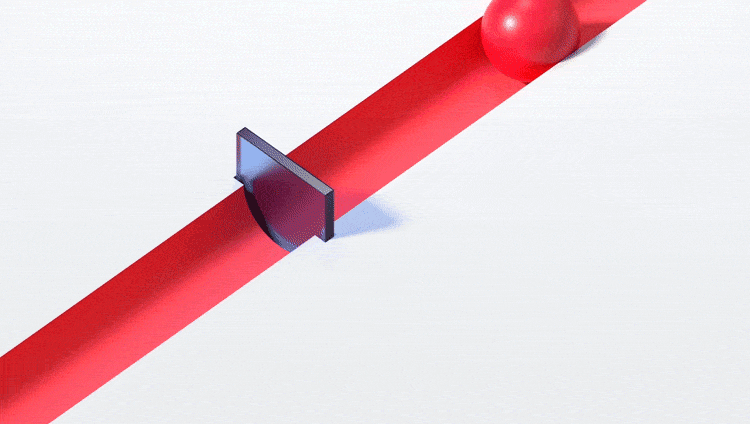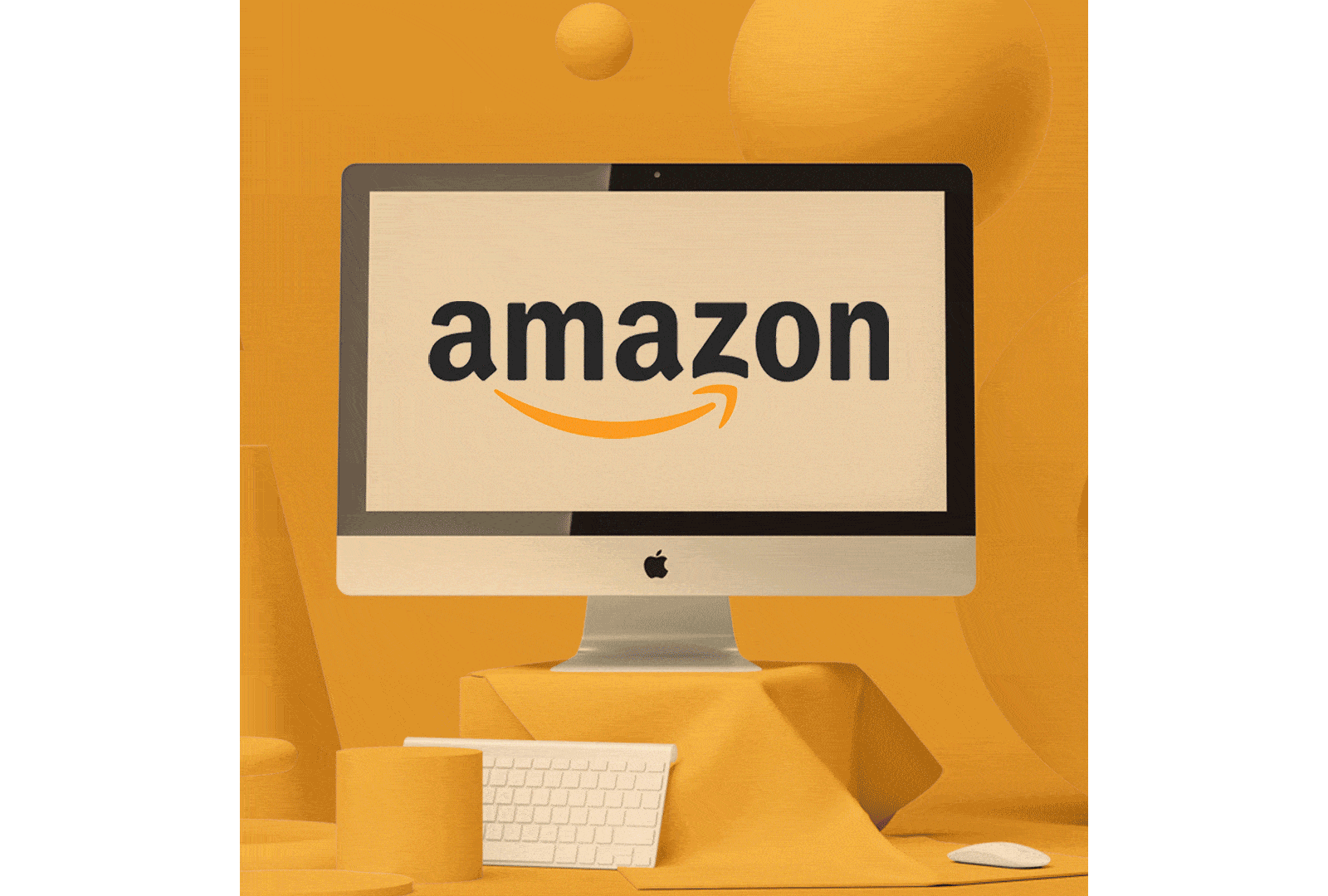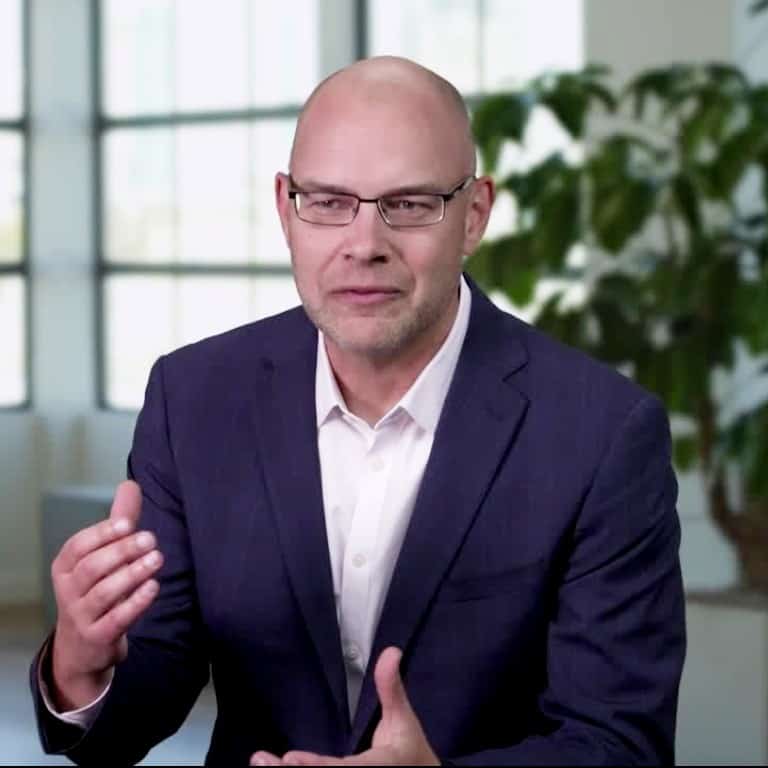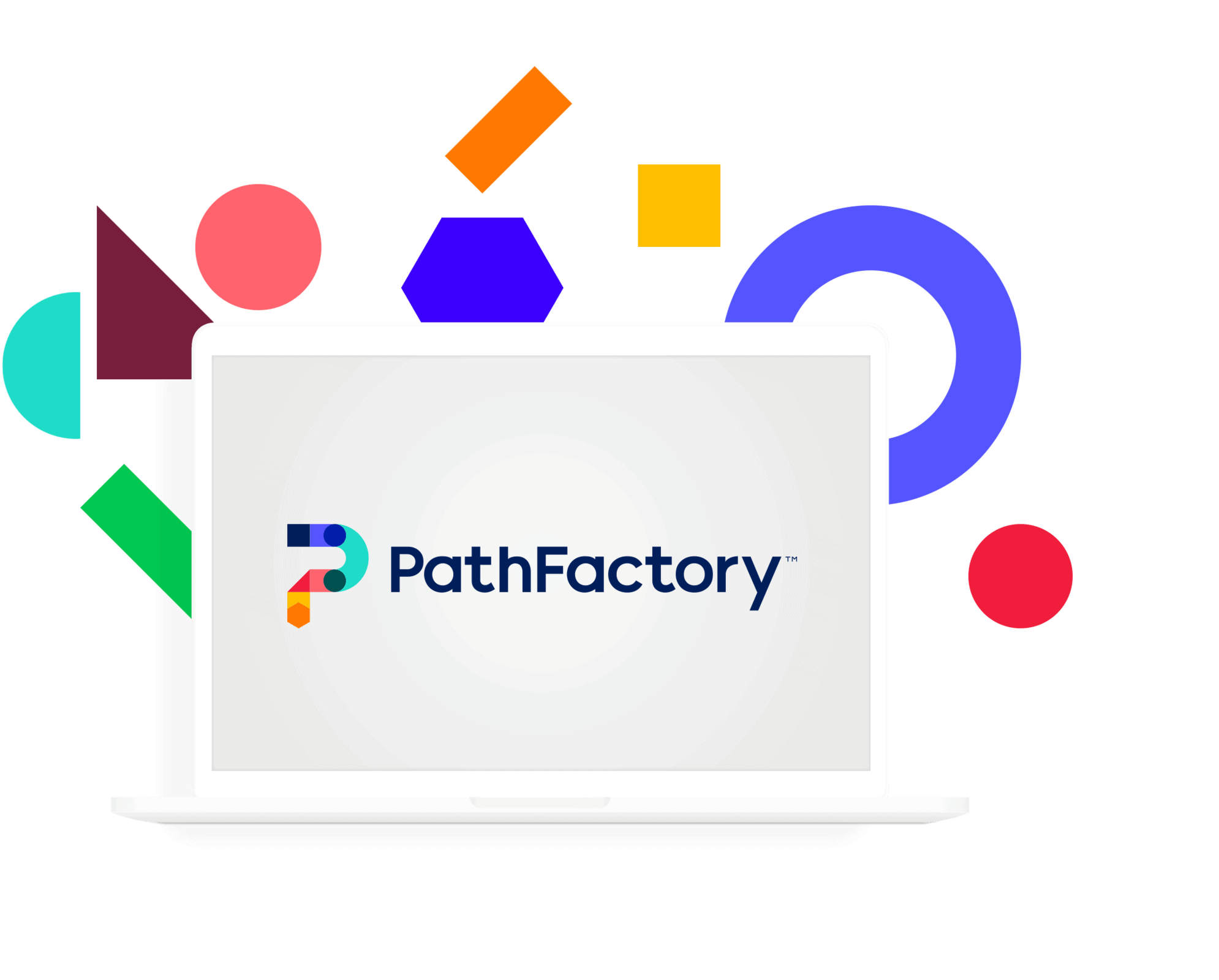What is Buyer Enablement?
THE POWER OF B2B MARKETING THAT HELPS BUYERS BUY.
A long scroll for performance marketers

INTRODUCTION: A BIG DEAL
This is kind of a big deal
New things in B2B marketing come along twice a day. But whole new ways of thinking about marketing? Maybe once in a career. This could be one of those.
It starts by asking:
“What if we stopped thinking about marketing from the marketer’s perspective and started thinking about it from the buyer’s?”
That simple shift turns out to be kind of profound, taking us to some really interesting (and profitable) places. You in? Let’s go.

AN IMPORTANT DEFINITION
What is buyer enablement?
Buyer enablement is collecting the right data about every buyer, then using it to deliver the content most likely to help them buy from you. Sounds simple. Aren’t we all already doing that? Um… not really. In essence, it’s all about reducing “buying friction” to accelerate deals
ANOTHER IMPORTANT DEFINITION
What is buying friction?
Buying friction is anything that slows the buyer down or inhibits the specific tasks that go into buying.
Anything that distracts, confuses, or frustrates buyers. Anything that delays, derails or destroys a buying team’s journey to ‘ka-ching!’. (Lots of examples below).
So let’s put the two together:
Buyer enablement reduces buying friction by helping buyers create their own, low-friction paths to purchase.
Like the sound of that? Snap.

The benefits of Buyer Enablement
When you remove friction from buying paths, good things happen.
More conversion
Because buyers get what they need right now
Faster revenue cycles
With fewer stalled opportunities
A better buying experience
With way less frustration and FML
Smarter spending
That optimizes your budget around your buyers
HIGH FRICTION BUYING IN THE LOW FRICTION AGE
Why B2B needs buyer enablement right now.
As consumers, we all experience low-friction buying every day: One-click ordering from Amazon. The bingeworthy Netflix home page. One-thumb Ubering. But B2B is stuck in the dark ages of high-friction buying, plagued by:

Long sales cycles
54% say buying cycle is getting longer [Showpad research]
More alternatives to consider
With innovation copied faster than ever
Bigger buying teams
The average B2B sales involves 6-10 buyers [Gartner]
More content to wade through
91% of B2B marketers use content marketing today [CMI/Marketing Profs]
IN SHORT
Buying Friction is increasing all on its own – slowing down or killing deals that should close.
So what do marketers do?
We make things worse. (Ouch).

How buyers spend their time
Your sales team has access to maybe 5% of a buyer’s entire buying process. Buyer enablement helps you participate in the rest (and make the 5% better too.)

How B2B marketers increase friction
As consumers, we all experience low-friction buying every day: One-click ordering from Amazon. The bingeworthy Netflix home page. One-thumb Ubering. But B2B is stuck in the dark ages of high-friction buying, plagued by:
-
We don’t use the right data to guide interactions.
So our content recos are blind.We force prospects to snail along at our nurture pace.
Instead of zooming along at theirs.We create obstacles.
Stopping buyers in their tracks.We make them forage for content.
Instead of serving the right stuff at the right moment.All of this is avoidable buying friction.
Buyer enablement is about spotting it… and ruthlessly stomping it out.
“I’m not in your funnel. You’re in mine.”
I’m looking at a lot of vendors. How can you help me?

7 high-friction B2B buying experiences
Landing Pages
Where opportunity goes to die
One-and-done content
Instead of a series of related content
Web forms
Guaranteed to block progress instead of accelerating it
Too many clicks
When you try to find and consume content
Blind content ‘recos’
That aren’t personalized or context-aware
Downloadable PDFs
Instead of live web experiences
The ‘content hub’ dumping ground
That make buyers do all the work
The more of these kinds of things you have in your buying paths, the more friction you’re injecting—and the more obstacles you’re putting in your buyer’s way.
LinkedIn, March 2017

A WAY BETTER WAY
The 4 key drivers of buyer enablement
1. Be always-on and always-aware.
-
Instrument the right path.
Picking up granular signals at every step for every buyer in every account. -
Sessionize the content experience.
Make each content asset ‘live’ so you can capture key metrics (like time spent with content, # of pieces per session, order of consumption…).

2. Orient around their paths not your funnel.
-
Balance push and pull.
Offer on-demand content tracks and content recos in all channels. Do both. -
Hyper-target based on a full mix of signals.
Including profile, behavior, intent, account activity, buying stage… -
Deliver relevance in real time.
Automating content path recos to reflect what’s happening now. -
Automate content path recos.
Using auto-discovery and tagging of your content—and AI to generate the lowest-friction paths.

3. Be account-based: help the whole buying team.
-
Align marketing with sales.
To remove friction through the relationship, not just the pre-sales part. -
Continue buyer enablement beyond the first purchase.
It works for or cross-selling and up-selling too. -
Identify champions in each account.
So you can help them mobilize their buying team.
4. Use the content you have, wherever your buyers are.
-
Leverage all available content.
Including your own and curated—as well as “post-sale” product documentation. It’s all good. -
Use automated content tagging.
To scale up your personalization: let your systems make the most relevant recos. -
Deliver content in whatever channels the buyer prefers.
Instead of forcing them to prescribed channels.
The low-friction buying path
LOW FRICTION
-
Self-directed paths
-
Buyer chooses channels
-
Content tracks and binges
-
Hyper-personalized
-
Always-on
-
Balance pull with push
HIGH FRICTION
-
Nurture campaigns
-
Marketer chooses channels
-
Content islands
-
Batch mode
-
Campaign cadence
-
push model

The buyer enabling martech stack
THINGS YOU’LL NEED:
A way to maintain rich buyer profiles.
That are fed from all channels.
A way to understand and auto-tag all your existing content.
So you can match buyer needs with precision.
A way to watch buyers engage with your content.
By turning static, downloaded content into live sessions.
A way to scale up all this insight.
Using AI to recommend the next best content.
A way to encourage bingeing.
Because one-off content hits are from Planet Friction.

DemandGen Report, 2019
See why we’re so excited about this?
Buyer enablement is a new way of thinking about the job of B2B marketing.
A way that starts with the buyer and his or her whole buying team. A way that watches hard for everything the buyer consumes. So you can deliver just the right content tracks at just the right moments.
It’s a simple idea: buyers are buying because they want to solve a problem.
You can add to the problem by making buying difficult. Or you can work hard to remove friction from their journeys.
Buying is hard enough already.
Buyer enablement helps you help them.
Want to see buyer enablement in action?

